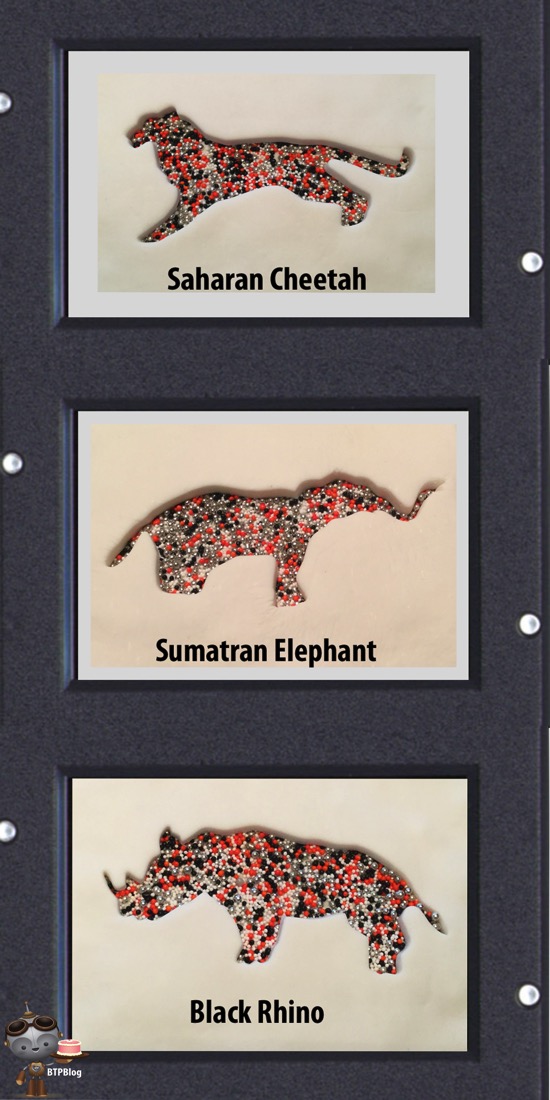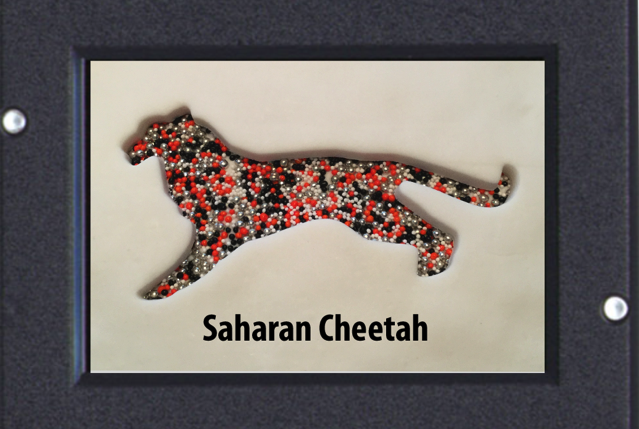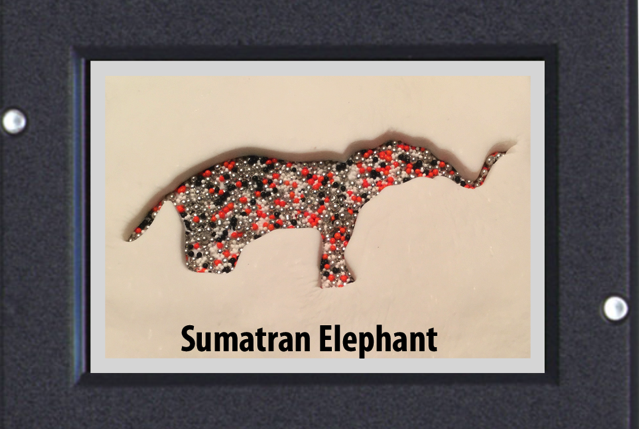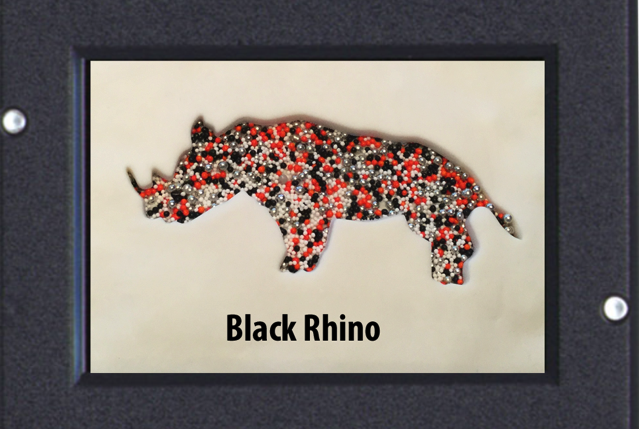
I am thrilled to be a part of the United Nations of Sugar Art (UNSA) Earth Day Collaboration: Acts of Green for Earth Day April 22nd, 2016. This event focuses on the beauty of our planet, its animals, and its people. It will touch on the damage that is being done to our environment and how that damage is affecting humans and animals alike.
My inspiration for these cookies:
For this collaboration, I chose to make cookies featuring three endangered animals. I chose endangered animals because our choices don’t just affect our environment, they also affect the plants, animals, and fish with whom we share this planet.
My endangered cookie idea came from four sources:
First, I recently visited Zoo Atlanta. The zoo has signs for each animal telling how endangered they are. I thought focusing on endangered animals would be perfect for the Earth Day Collaboration:Acts of Green.
Second, I decided to make silhouettes of animals instead of making detailed cookies of animals. After looking at painted silhouettes of animals, I decided that I wanted to try using negative space to create the silhouettes.
Third, Heather Baird from SprinkleBakes, recently published Easter Egg cookies that she decorated with multicolored sprinkles or nonpareils. After seeing these gorgeous cookies, I decided that I would use multi-colored nonpareils instead of doing a traditional black and white silhouette.
Lastly, when I was looking at painted silhouettes of animals on the web, I found that the pictures that stood out the best were the ones where there were multiple framed pictures hanging on a wall. I adopted this idea and presented my cookies framed and hanging on a wall.

Conservation Status: Critically Endangered
The Saharan cheetah, also known as the Northwest African cheetah, is found in the Sahara desert and the savannas of North and West Africa, including the countries of Algeria, Niger, Mali, Benin, Burkina-Faso and Togo. They biggest population is in Algeria.
They must search a lot of territory to find prey in their desert setting. They usually hunt at night. Their survival is dependent on a thriving desert ecosystem.

Conservation Status: Critically Endangered
The Sumatran Elephant is a subspecies of the Asian Elephant that is found on the Indonesian island of Sumatra. Their habitat is a broadleaf moist tropical forest environment. They eat plants and spread seeds throughout the forest ecosystem to help maintain a healthy forest ecosystem.
They are endangered by poaching, deforestation, and habitat loss. Poachers kill the males and sell their tusks for ivory. Eighty percent of this elephant population has been lost in the last thirty years due to a sixty-nine percent habitat loss. Elephant land has been claimed by many small farmers and large palm oil and pulp and paper plantations.

Conservation Status: Critically Endangered
The Black Rhino is located in the countries of South Africa, Namibia, Zimbabwe, and Kenya. Their habitat is grassland and savannah. One of the major threats for this animal is poaching. Ninety-six percent of the population have been killed for their horns since 1960.
Take a look at Acts of Green-UNSA 2016 to view more cakes and look at raffle tickets and prizes to raise money for National Geographic which is a non profit committed to conservation and education of our emerging leaders.




